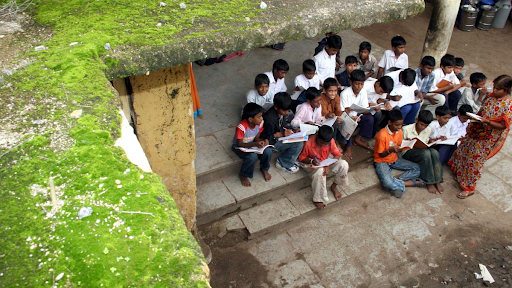



Sanjoy Roy was sentenced to life imprisonment in the RG Kar Medical College Rape and Murder Case, following the Supreme Court's "rarest of rare" doctrine, which restricts the death penalty to exceptional cases where the offender cannot be reformed. Factors like deliberate murder, extraordinary cruelty, and public servant murder can lead to the death penalty.

Copyright infringement not intended
Picture Courtesy: LAWUPNEXT
Sanjoy Roy was sentenced to life imprisonment by a sessions court in the RG Kar Medical College Rape and Murder Case.
Despite strong arguments by the CBI for the death penalty, the court adhered to the Supreme Court's principle of imposing the death sentence only in the "rarest of rare" cases.
The "rarest of rare" doctrine was established in the Bachan Singh v/s State of Punjab case (1980), it restricts the death penalty to exceptional cases where the offender cannot be reformed. The court outlined aggravating and mitigating circumstances to guide the decision. The death penalty should be imposed only when the crime shocks the collective conscience of society.
These factors make the crime particularly heinous, potentially leading to the death penalty.
Over time, courts have added new factors to the original list of mitigating and aggravating circumstances. For example, the age of the accused is now considered more carefully, with young age frequently seen as a sign of reform potential.
Courts have also focused more on the possibility of reform, emphasizing the need for clear evidence to show that the offender cannot be rehabilitated.
In the Bachan Singh case, the Supreme Court emphasized that the government must prove the offender's irreformability. The court requires clear evidence, as seen in Santosh Bariyar v/s State of Maharashtra (2009), where the Court stated that sentencing decisions must be objective and based on the likelihood of rehabilitation.
The stage of trial is critical because, as per Bachan Singh case, a separate hearing is required after conviction to argue why the death penalty should not be imposed.
The Dattaraya v/s State of Maharashtra (2020) case highlighted the importance of a meaningful and effective sentencing hearing, suggesting that same-day sentencing usually lacks proper consideration of mitigating possibilities.
The current method of sentencing in death penalty cases is complicated by the inconsistent and subjective application of the "rarest of rare" doctrine. Clearer guidelines need to be established to address mitigating circumstances and potential reforms.
Must Read Articles:
DEATH PENALTY AND RELATED ISSUES
Source:
|
PRACTICE QUESTION Q.Examine the concept of "rarest of rare" in the context of the death penalty in India. 150 words |






© 2025 iasgyan. All right reserved